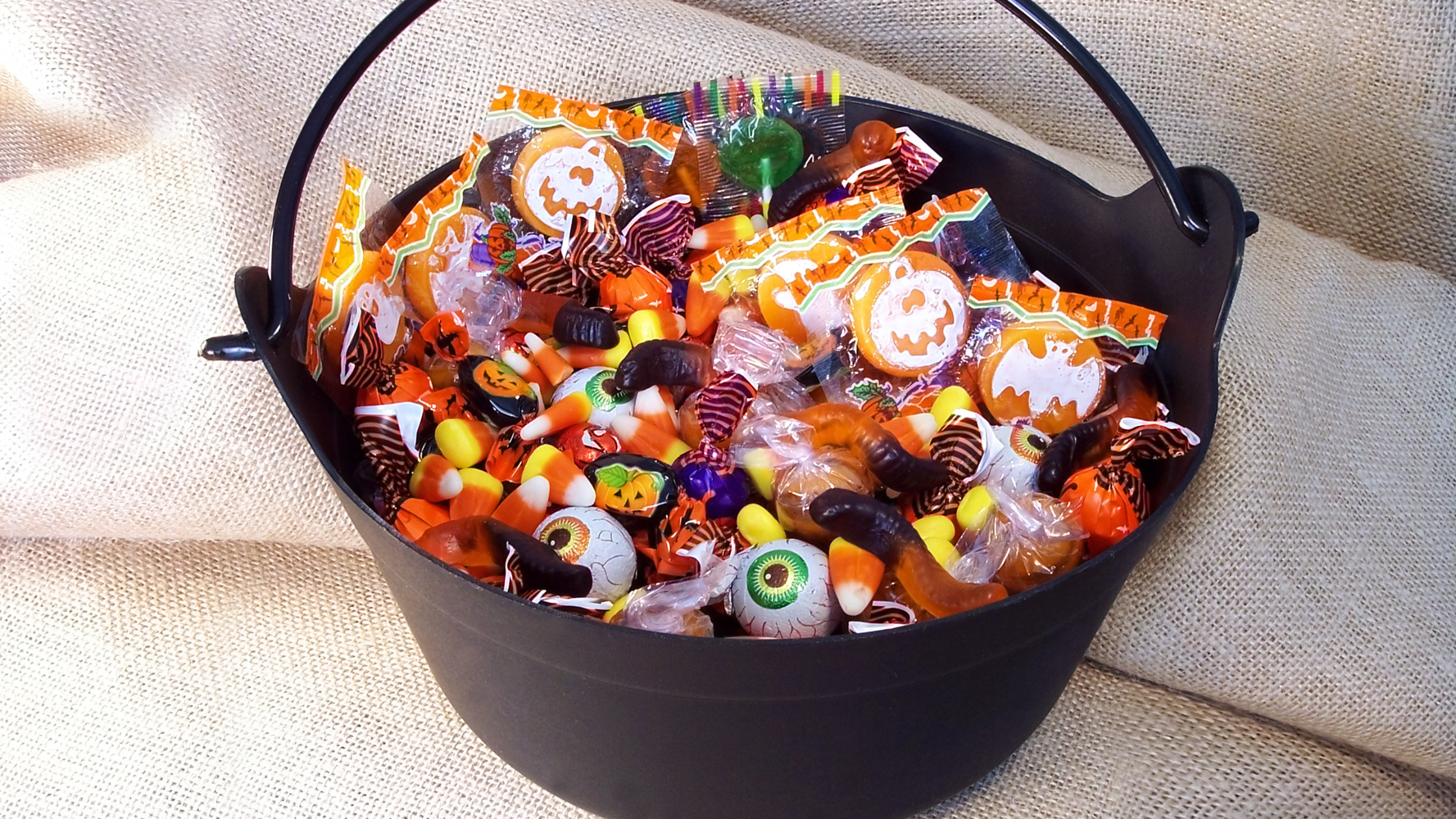
Halloween Candy “Tricks” for Parents (No Sugar Crash)
Keep the fun, skip the meltdown. This quick guide gives you five parent-tested “tricks” for Halloween night: make an exciting plan, serve a protein-first dinner, practice body-listening with a 5-favorite taste test, set easy candy routines, freeze for later, and turn extras into empathy by donating together.
Halloween Candy “Tricks” for Parents: Keep the Fun, Skip the Sugar Crash
A short, practical guide to enjoy Halloween candy while building body awareness, routines, and empathy.
Halloween brings plenty of excitement—and plenty of sugar. But with a few simple “tricks,” you can help your child enjoy the night without the crash. If your little one gets nervous about costumes or spooky sounds, check out our Toddler Halloween Fears guide for gentle ways to prepare.
1) Make a Game Plan (and a Sales Pitch)
Set expectations together before you head out: when you’ll start and stop, how many houses you’ll visit, and what happens when you get home. Keep it exciting, not restrictive. A few ideas:
- “After our spooky dinner, we’ll trick-or-treat until 7:45—then a candy taste test!”
- "After trick or treating we can dump all the candy out while we listen to halloween music and sort out our favorites."
- “You'll be able to eat [insert your number] favorites when we get home.”
2) Fuel Before You Fill the Bucket
Protein + fiber help kids regulate energy and mood during all the excitement. Make dinner playful so they’ll actually eat:
- Mummy hot dogs (crescent-wrapped)
- Monster quesadillas with bean/cheese “eyes”
- Apple “teeth” with peanut butter + mini marshmallows
Recipe inspo: Mummy Dogs · Apple Monster Mouths · For more ideas on family meals that kids will actually eat, see Picky Eating & Holiday Meals.
3) Candy Conversations: Listen to Your Body
At home, try a simple rule: five favorites—and remind kids they don’t have to eat them all. As they taste, name body cues:
- “Does your belly feel full, happy, or a little funny?”
- “Is your body saying ‘more’ or ‘I’m good’?”
This builds body awareness (interoception) and self-regulation without power struggles. There are so many ideas around this, we made a full blog about it.
4) Out of Sight, Out of Mind (Smart Access)
You don’t have to control every bite—just make access intentional. Decide together:
- One piece after meals so they’ve fueled first.
- Freeze a stash and set a “Halloween in July” date.
How-to: Freeze and store candy properly.
5) Turn Candy into Connection & Empathy
Let kids help choose where to share extra candy:
- Fire or police stations
- Schools/after-school programs
- Food banks or community centers
Framing it as giving something valuable helps kids feel proud of helping others.
Quick FAQs
Is five candies too many?
Pick a number that fits your child and routine (it can be 2–3). The goal is practicing body cues and autonomy with a clear boundary.
What if my child wants more?
Reflect the cue and offer a plan: “Your body says it wants more. Let’s save some for after dinner tomorrow.” Predictable access reduces battles.
Do I have to donate candy?
No—sharing is optional. Even sorting candy into “keep/freeze/share” piles builds decision-making and empathy.

